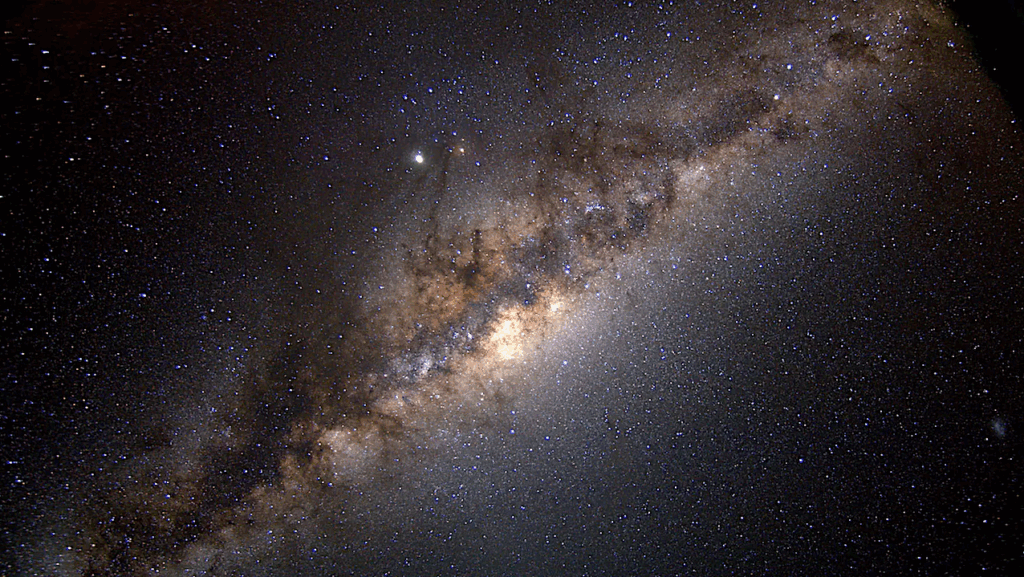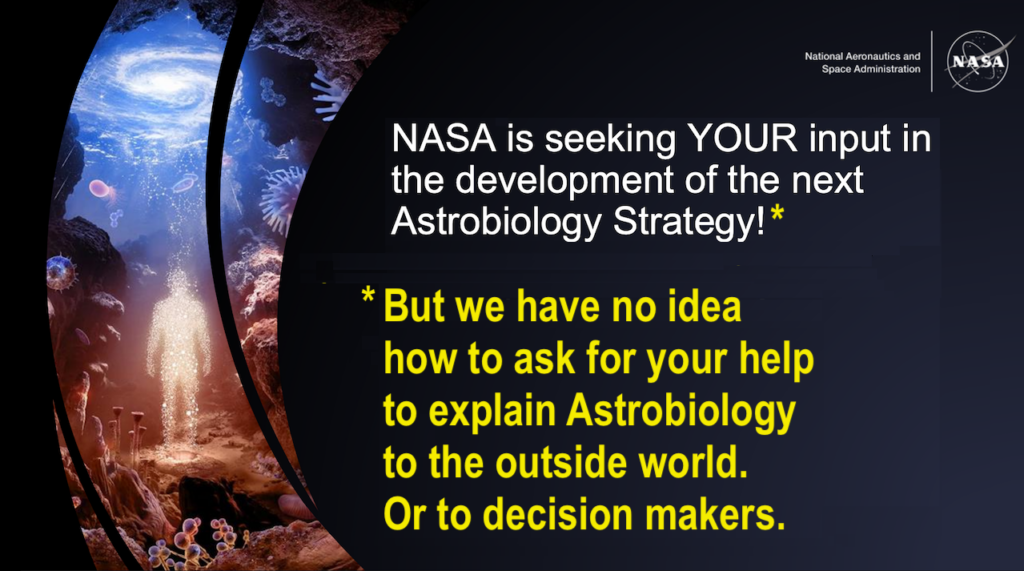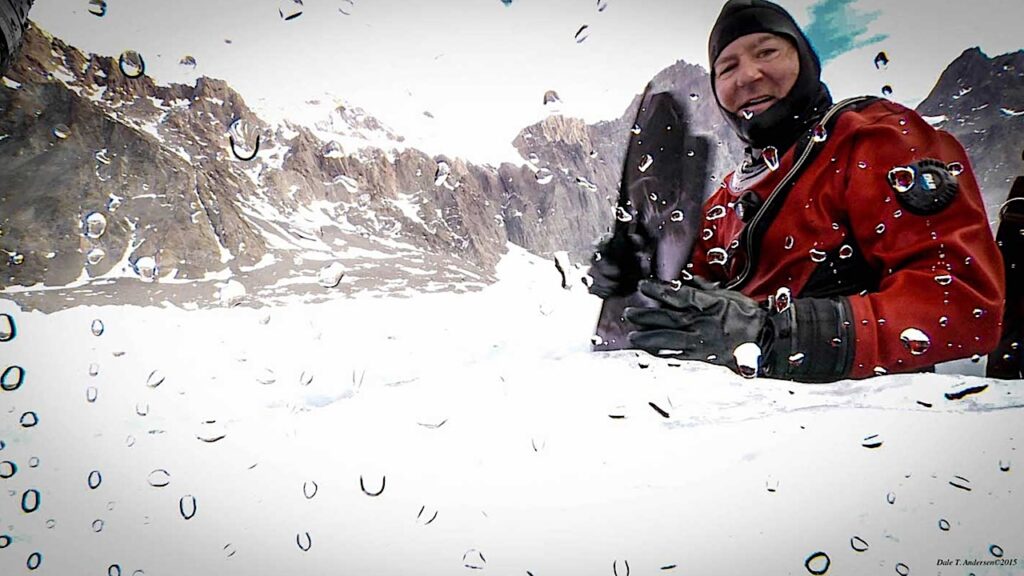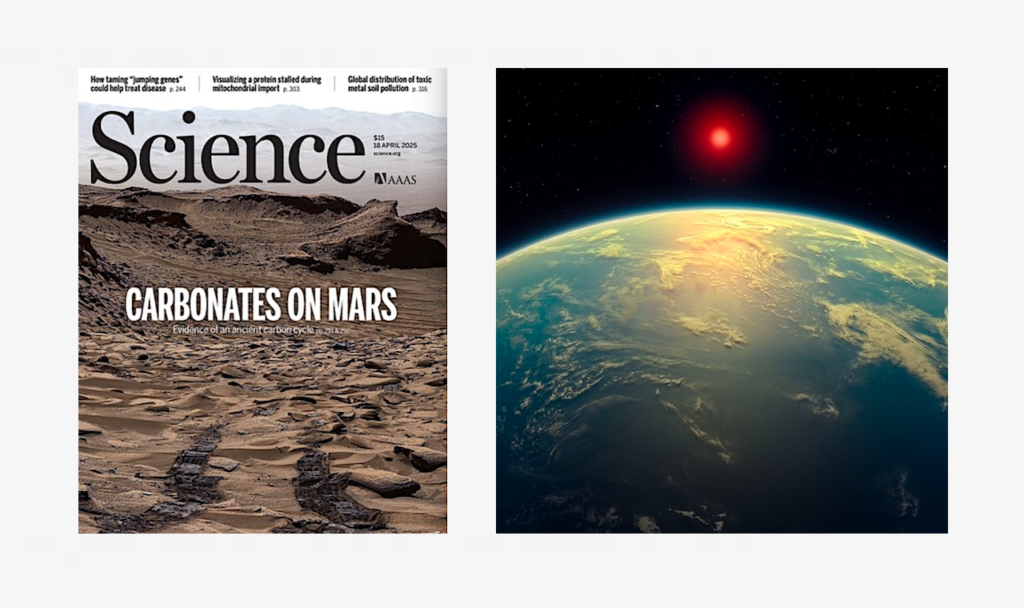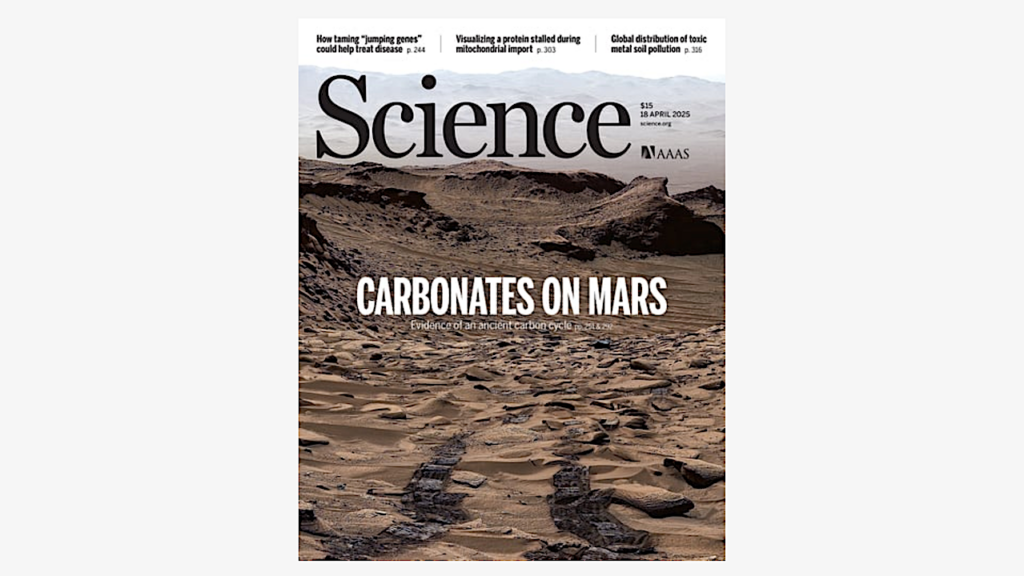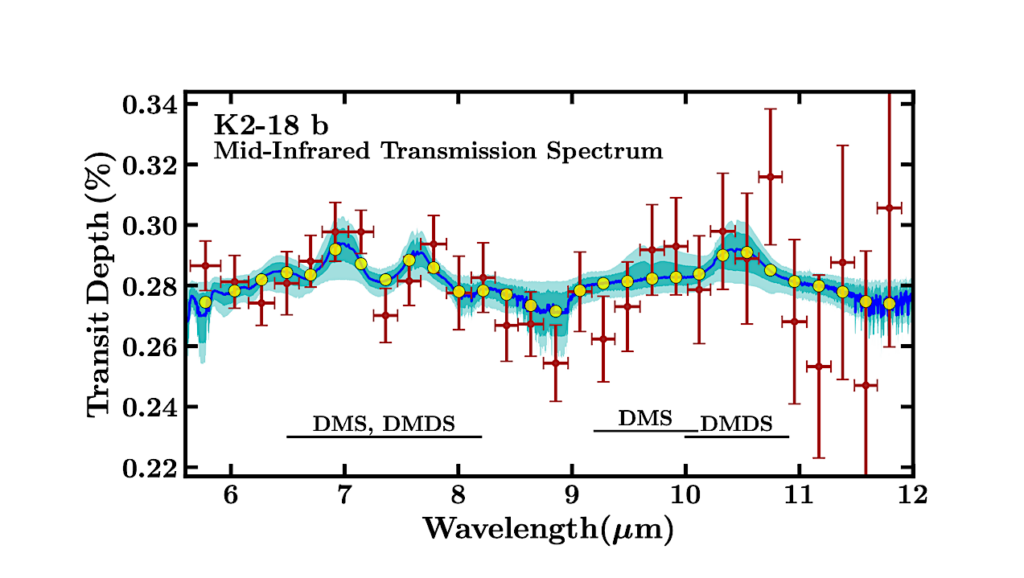Keith’s note: As you have probably heard by now the elements that compose Earth and all of the life on it came from the stars. Meteorites from comets and asteroids constantly bombard our home world and sometimes cause dramatic changes to its environment. Radiation from our local star drives our ecosystems. Distant events such as supernovae and gamma ray bursts may directly impact life. We are made of star stuff as Carl Sagan once said – but were are still connected to things beyond out home world. Life forms can respond to gravity vectors, temperature and pressure changes, chemical gradients, Earth’s magnetic field, and radiation sources – all of which overlap and interact and have been shaping our world since it first formed. Another omnipresent feature has been the stars in the night sky. Due to the way Earth orbits the sun and the distant, slowly changing nature of star patterns, it is not surprising that various life forms evolved the ability to use the stars to navigate from one place to another for food, mating, hibernation etc. Some life forms even use lunar cycles (“months”) to drive their behavior. In the example below, Bogong moths use the night sky to guide them during long-distance travel. More at Astrobiology.com: Bogong Moths Use Stars In The Night Sky To Navigate Hundreds Of Kilometers
(more…)Keith’s note: On 25 May @ScienceMagazine tweeted a link to an article in Science Robotics magazine about a NASA Europa mission concept. So did @SciRobotics. The tweets referred to an article in the 21 May edition of Science Robotics: “Autonomous surface sampling for the Europa Lander mission concept“ written by 21 authors – all of whom work for NASA JPL, or related institutions. Cool stuff – yes? They have been testing it in Alaska. But the article is behind a paywall. I was able to find pieces of the article elsewhere – including a video – but without a subscription to Science Robotics I have to pay extra to read this article – an article written by NASA-funded people about a NASA-funded mission concept. I searched for “Europa lander” at NASA .gov and was sent to https://science.nasa.gov/mission/europa-lander/ which is a dead link and this page from 2017. NASA is supposed to be making these materials available to all taxpayers. But they don’t. Then the NASA folks moan and groan about missions being cut – and see that polls reflect public apathy toward NASA – when they simply do not have the initiative to highlight all of their cool stuff in the first place. NASA has easy access to immense social media, web, and TV audiences but PAO has no clue how to make the best use of this reach. Just sayin’. See: “Europa Astrobiology Lander Mission Concept: Autonomous Surface Sampling” at Astrobiology.com
(more…)Keith’s note: According to “Slope Streaks on Mars – Not A Sign Of Water After All?” from Brown University: “A new study led by the University of Bern and Brown University in the U.S. casts doubt on one of the most tantalizing clues that water might be flowing on present-day Mars. Researchers analyzed a global database of 500,000 enigmatic streaks that occur on steep Martian slopes, concluding that they’re most likely caused by dry processes rather than liquid flow.” This could have important impacts on Mars exploration – by droids as well as humans. Remember that whole ‘water may be flowing on the surface of Mars’ thing back in 2000? (NASAWatch broke the story). People went totally crazy. Now there’s a suggestion that things are possibly different than we thought. Will NASA’s Astrobiology program mention it? Most likely not.
(more…)Keith’s note: Here we go again. With all the things being cut at NASA, you’d think that the NASA Astrobiology team would at least try and stand up and show their relevance. Guess again.
- The top story on NASA.gov Wednesday night is: “Another First: NASA Webb Identifies Frozen Water in Young Star System“ – Water Water Water 💧🫧💦🌧️ – it is one of the key things that Astrobiology looks for and thinks about. But there is no mention of this “First” discovery at @nasaastrobio or astrobiology.nasa.gov – and the scientific paper is behind a paywall. Update: here’s the paper on astro-ph https://arxiv.org/abs/2505.08863 – NASA still points to the paywall version.
- On Wednesday morning NASA and ESA announced “Webb’s Titan Forecast: Partly Cloudy With Occasional Methane Showers“ – interesting JWST studies of the atmosphere of Titan – a prime target for Astrobiology exploration – especially the $3 billion+ Dragonfly mission. But astrobiology.nasa.gov or @nasaastrobio make no mention. The scientific paper cited in the press release is behind a paywall (again).
- Is Astrobiology As Boring As NASA Thinks It is? (earlier post) – Next to searching for the origin of the universe, searching for life elsewhere in the cosmos is one of the most profound things NASA does. If only NASA would act that way.
Keith’s 13 May update: someone at NASA fixed the calendar page at astrobiology.nasa.gov. Nothing else was changed. FWIW the NASA search engine still does not know where that website is. Keith’s 10 May note: We’re all concerned about things going offline, cancelled etc. While we only have the “skinny” budget from OMB, it is obvious that big cuts are coming to NASA space science. You’d think that NASA Science Mission Directorate (SMD) disciplines would be standing up to show their stuff – their value – as a hedge against possible cuts. Some are. Others are not. Indeed NASA seems utterly uninterested in telling you that it is spending billions of dollars on Astrobiology research and missions. Next to searching for the origin of the universe, searching for life elsewhere in the cosmos is one of the most profound things NASA does. If only NASA would act that way.
(more…)Keith’s note: as we resume lunar exploration and then head out to Mars and beyond in search of life, we will need a different mix of skills in the humans that we send out on these long terms expeditions to distant, alien places. Dale Andersen is a prototype of those future explorers. This is what he has been up to – And here’s news about the award: Astrobiologist Dale Andersen Receives Explorers Club Finn Roone Memorial Award: “Dale T. Andersen, PhD, a senior scientist at the Carl Sagan Center of the SETI Institute, has spent nearly five decades exploring Earth’s most extreme environments. A pioneer in scientific diving in Antarctica’s perennially ice-covered lakes, Andersen’s research focuses on microbial ecosystems in extreme settings, with studies in both Antarctica and the Arctic. His discoveries, including large, modern conical stromatolites in Lake Untersee, provide key insights into life on early Earth and serve as analogs for potential life on Mars and icy moons like Europa. Andersen’s work continues to inspire exploration, advancing public understanding of planetary science and the resilience of life.” P.S. The man in the picture below – third from the right is Sir Edmund Hillary.
(more…)Keith’s 18 April later update: NASA PAO finally started to post updates 24-36 hours after the rest of the world was reading about these discoveries everywhere except at NASA. Keith’s 17 April note: Two big Astrobiology/Space Science stories came out today based on NASA missions: JWST observations reveal possible exoplanet biosignatures (all over the news globally). Curiosity rover makes the cover of Science Magazine for carbonate discoveries on Mars. No mention of either is made at NASA.gov, astrobiology.nasa.gov, @NASA, @NASAAstroBio, or @NASASpaceSci. Everyone is worried about possible science cuts at NASA yet Public Affairs is utterly incapable of putting its own good news out for policy makers to see and consider. Baffling. Keith’s 18 April update: someone added a link about the Mars story to the NASA.gov page – but NASA Science Mission Directorate has not said anything about JWST biosignatures or Mars carbonates.
(more…)Keith’s note: Wow. The Curiosity rover has been driving around Mars since 2012. Yet it still does quality field geology work. Indeed, Science Magazine saw fit to put it on its cover – a distinction where major scientific discoveries often appear. See: NASA’s Curiosity Rover May Have Solved Mars’ Missing Carbonate Mystery.
(more…)Keith’s note: I was just on Bloomberg Radio/YouTube talking about the recent (possible) biosignature news of exoplanet K2-18 b and Astrobiology, while back on Earth, NASA’s budget cuts loom and how soon-to-be NASA-administrator Jared Isaacman is going to have to figure this all out. [Audio]
(more…)Keith’s note: Some interesting news from Cambridge University. Astronomers using the James Webb Space Telescope have detected “a tentative hint of dimethyl sulfide (DMS)“. A biosignature, simply defined, is a substance that is usually produced by life. It can often also have non-life sources. But usually when it is detected in certain circumstances it is a blinking light for something interesting. Follow-up research will be required – by multiple teams. As Carl Sagan is often quoted as saying “Extraordinary claims require extraordinary evidence”. NASA helped fund this research – research that is at the core of Astrobiology. Let’s see if they talk about it. Or not. To be clear: no one has discovered extraterrestrial life. At best they have noticed the hint – of a hint – of something that is worth looking into.
- According to “New Constraints On DMS and DMDS In The Atmosphere Of K2-18 b From JWST MIRI“: “Recent JWST transmission spectroscopy of the candidate hycean world K2-18 b in the near-infrared led to the first detections of carbon-bearing molecules CH4 and CO2 in its atmosphere, with a composition consistent with predictions for hycean conditions. The observations also provided a tentative hint of dimethyl sulfide (DMS), a possible biosignature gas, but the inference was of low statistical significance. … The results also highlight the need for additional experimental and theoretical work to determine accurate cross sections of important biosignature gases and identify potential abiotic sources. We discuss the implications of the present findings for the possibility of biological activity on K2-18 b.“
- According to “Strongest Hints Yet Of Biological Activity Outside The Solar System” from Cambridge University: “Using data from the James Webb Space Telescope (JWST), the astronomers, led by the University of Cambridge, have detected the chemical fingerprints of dimethyl sulfide (DMS) and/or dimethyl disulfide (DMDS), in the atmosphere of the exoplanet K2-18b, which orbits its star in the habitable zone. On Earth, DMS and DMDS are only produced by life, primarily microbial life such as marine phytoplankton. While an unknown chemical process may be the source of these molecules in K2-18b’s atmosphere, the results are the strongest evidence yet that life may exist on a planet outside our solar system.”

